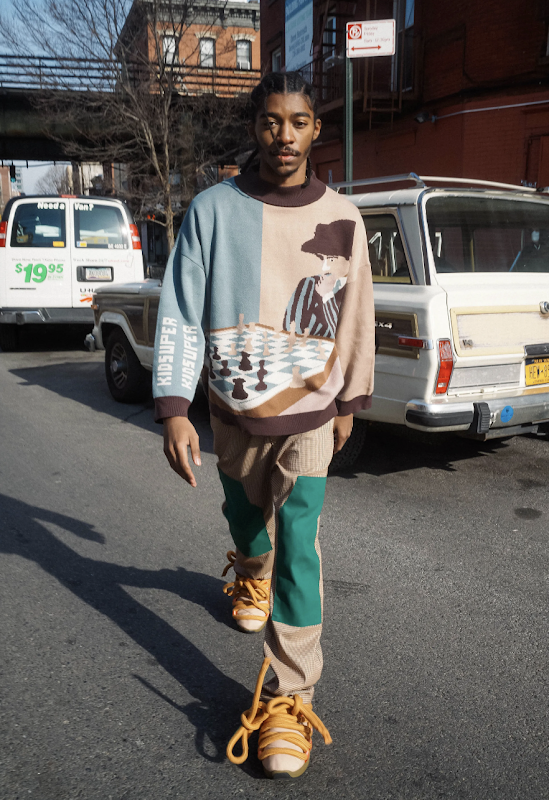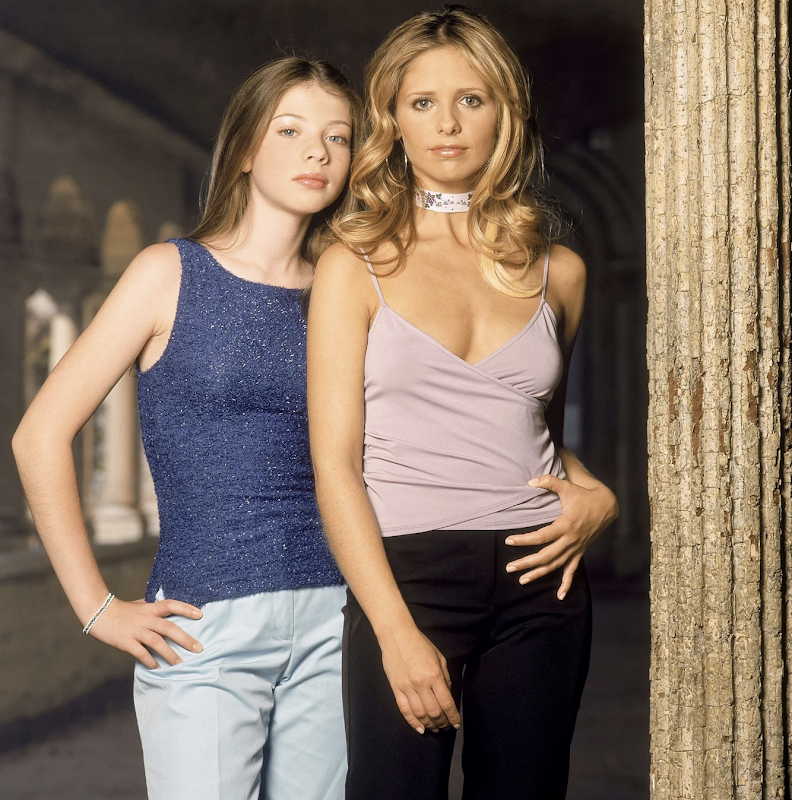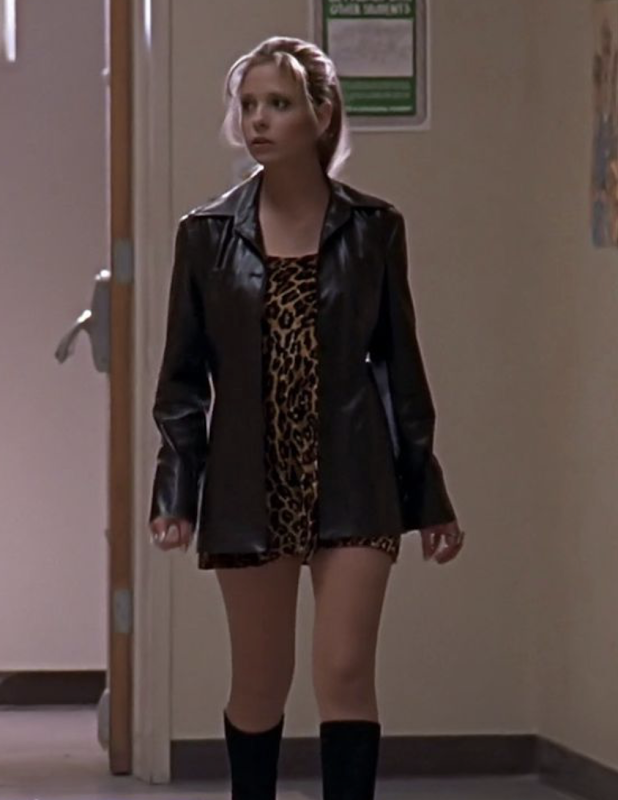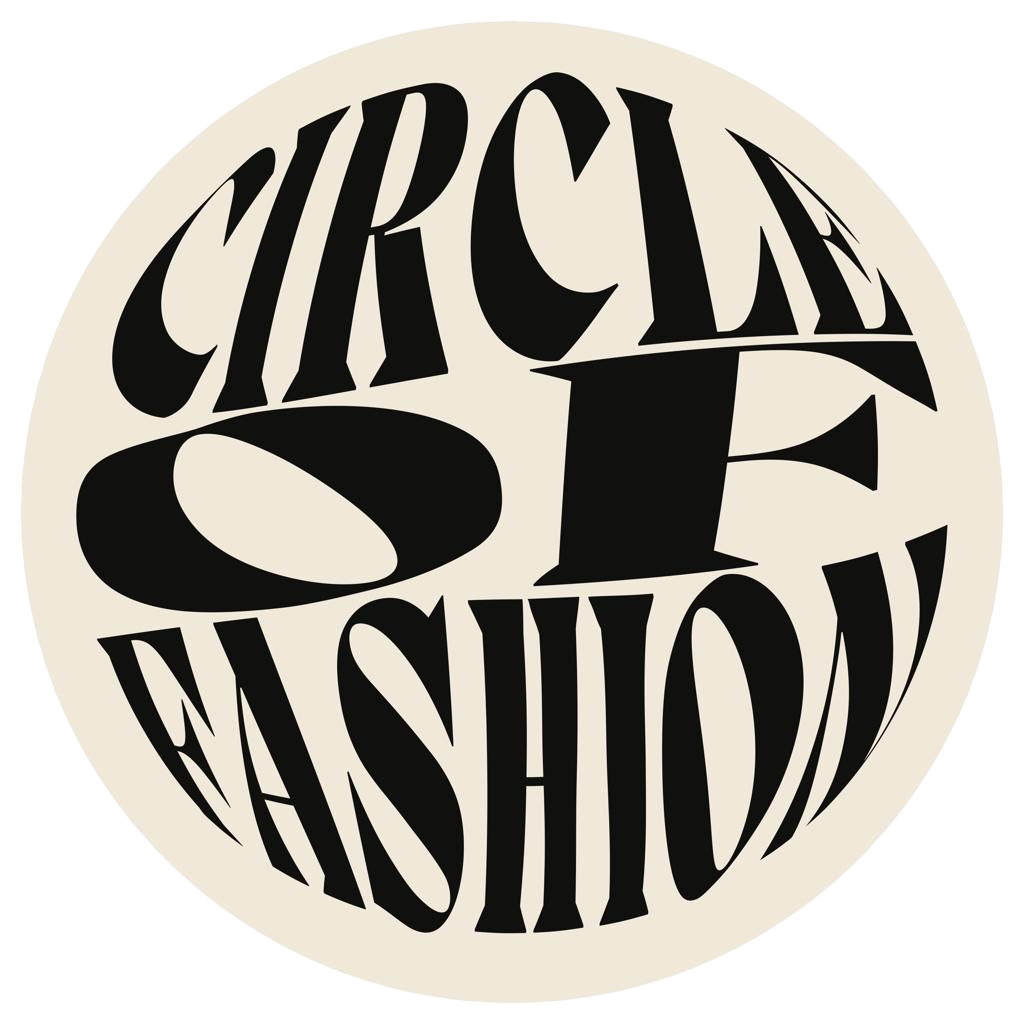Luiza de Campos Mello Grijns
Early signs of Spring in Montréal are accompanied by the revival of McGill’s fashion scene. After months of being resigned to our winter uniform comprised of Canada Goose, Blundstones, the Aritzia SuperPuff, and other borderline-ski ensembles, the temperature grazing 0 degrees feels like a luxury which should be celebrated accordingly. Checking in with students as we transition seasons provides insight into what we’ll be seeing on campus towards the end of this semester.
It seems the international nature of the student body is reflected within the diversity in our fashion: “My style is not easy to define because I feel like I don’t really have one set way of dressing,” comments Taifa Kongolo Yav, a McGill student with over 15K Instagram followers for her fashion content. This does encapsulate the general feeling on campus as descriptions of personal style range from minimalist, streetwear, feminine, eccentric, bold, and above all, a strive for originality. Even when talking trends, finance student Parmida Bakhshy refuses to “align with one particular brand or trend.”
What becomes apparent in discussion with students is that popular trends are not always similarly received; contradictions arise among students over general trends arising on social media, particularly TikTok, as Gen Z continuously proves its distinction from other generations in embracing gender-bending. Trends embodying this include men wearing skirts or other pieces traditionally reserved for women, as well as the presence of all genders sporting skirts over trousers. This in particular triggered mixed reviews from McGill students – simply the novelty of pushing gender boundaries does not directly equate to style.

Inherent to fashion at the student level is the element of comfort, though at McGill this isn’t mutually exclusive with engaging in trends. Fourth-year student Luca Goldig describes being attracted towards particular sweat attire from streetwear brands such as KidSuper, winner of the 2021 LVMH Special Prize; others, towards the recent rise of ‘balletcore’, in which pieces inspired from ballet-dancer attire are repurposed in effortless and feminine ways while maintaining casualness and comfort. The relaxed and unpretentious nature of student fashion aligns with the current shift in streetwear towards blue-collar work attire seen in the increased popularity of brands such as Carhartt and Dickies, highlighted by first-year student Matteo Grijns. Moreover, regardless of trend surges, it is the “natural look” that remains key for student and model Maelle Odriozola.


In our recent age where social media has become inextricably linked to the way we perceive and communicate trends, students are increasingly aware of how fast these cycles are moving. “I believe that trend won’t last,” remarks one student, even in reference to her own current favourite trends. Just as quickly as ‘Y2K’ and 2000’s style took storm over those in their late teens and early 20s are students noting the disappearance of the cropped and baby tees, icons of their decade. Instead, multiple students credit the apparent return of 90s-era grunge/punk to the recent passing of Vivienne Westwood. Trends include wearing ties, chunky belts, chokers, mesh or shimmery material, or general 90s fashion McGill students are gravitating towards. “I love being influenced by 90s TV characters, like Buffy the Vampire Slayer,” cites fourth-year student Matthew Schauder on his current style.


Despite this, the norm for fashion inspiration has been increasingly reliant on vintage, thrifting, upcycling, and repurposing pieces for street style. Finance student Parmida Bakshy describes the feeling of “getting a vision” for a particular clothing item to be reworn in less obvious ways. The attraction towards versatility in a piece goes hand in hand with shopping consciously, in which clothing items transcend trends. As second-year student Fariba Mahmoudieh comments, students increasingly ask themselves while shopping, “Is this going to stay in my closet for a long time?”
The popularisation of rewearing vintage or thrifted items often contributes to the cyclical revivals of decades such as the 70s, with familiar silhouettes maintaining their relevance among the youth. This poses an interesting contradiction to the fast-paced microtrends which currently penetrate the fashion community.
Students interviewed: Luca Goldig, Matthew Schauder, Taifa Kongolo Yav, Parmida Bakhshy, Fariba Mahmoudieh, Matteo Grijns, Maelle Odriozola
